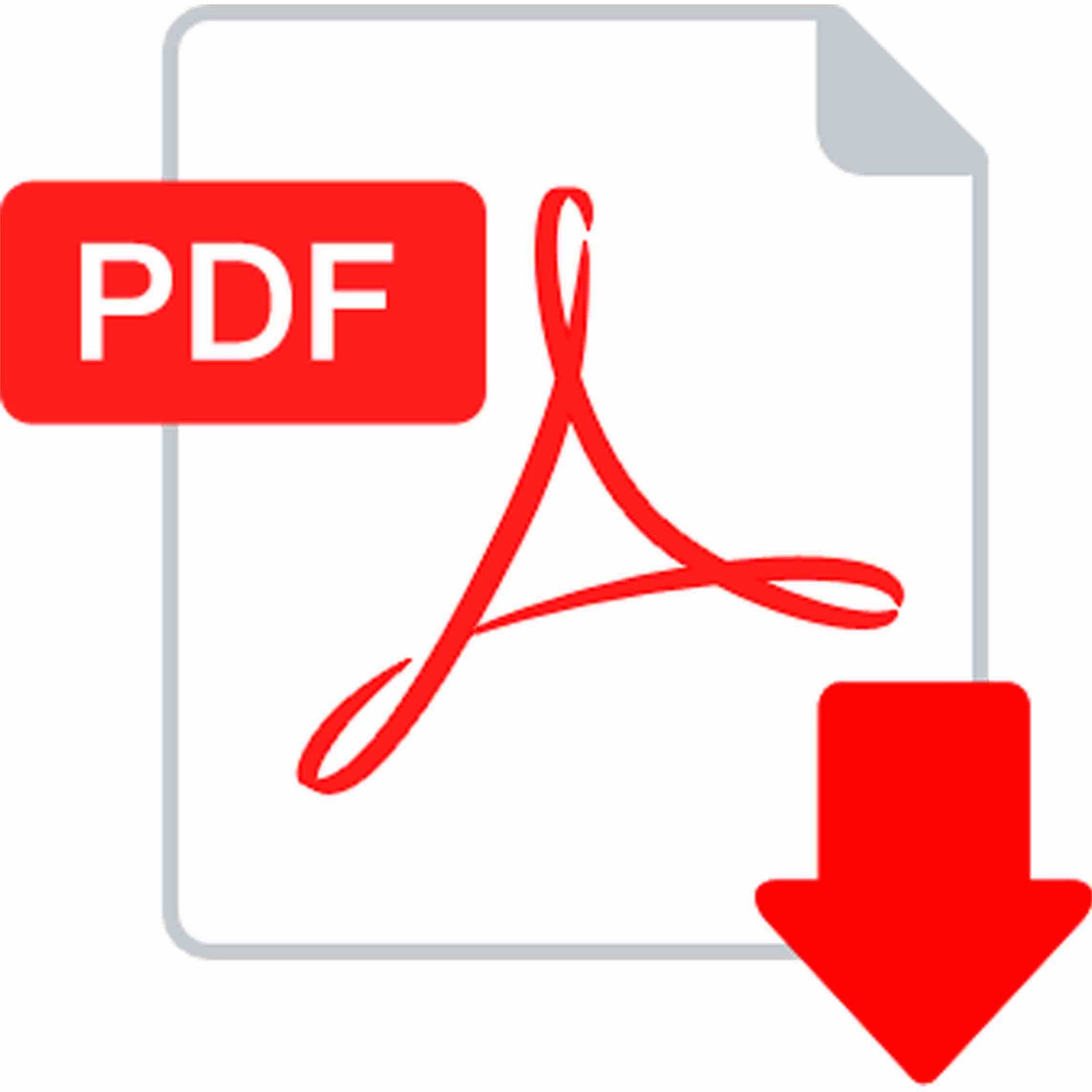| JEL Classification: А13; С801. | DOI: https://doi.org/10.31521/modecon.V49(2025)-01 |
Victoria Kharchuk, Doctor of Economics, Professor, Professor of the Department Management and International Business Lviv Polytechnic National University, Lviv, Ukraine
ORCID ID: 0000-0003-4354-9549
e-mail: viktoriia.y.kharchuk@lpnu.ua
Bohdan Hayduk, postgraduate, Lviv Polytechnic National University, Lviv, Ukraine
ORCID ID: 0009-0007-5774-6574
e-mail: bohdan.v.haiduk@lpnu.ua
The Study of the Evolution and Formation of the Concept of “Harmonious Leadership” in the International Scientific Field
Abstract. Introduction. In today’s business environment, there is a growing need for new approaches to leadership that can not only ensure the economic success of organizations, but also contribute to the achievement of “sustainable development” goals. Due to global challenges such as climate change, social responsibility, and rapid technological change, traditional leadership styles focused solely on short-term gain and profit maximization are losing their effectiveness. They are gradually being replaced by new leadership paradigms that focus on balancing economic growth, social responsibility, and environmental sustainability.
Purpose: The purpose of this article is to examine the evolution and formation of the concept of “sustainable leadership” through comparison with the most scientifically studied leadership styles focused on achieving sustainable business development. A comparative analysis of leadership styles is carried out, outlining the common and distinctive features in the approaches of scholars to the interpretation of the phenomenon under study.
Results: The study revealed a wide range of leadership styles aimed at achieving “sustainable development”, many of which are interrelated, indicating their conceptual similarity. Based on the results obtained, it is concluded that the concept of “sustainable leadership” covers a much wider range of challenges faced by organizations and operates within the balance of the three components of “sustainable development” – economic, social and environmental development. Compared to other leadership styles studied, “sustainable leadership” is much more focused on financial stability and growth of shareholder value, innovation, continuous development, employee engagement and professional growth, trust and support of a wide range of internal and external stakeholders, and environmental protection.
Conlusions: The results obtained will be useful both for scholars in the development of scientific debates on the conceptualization of “sustainable leadership”, and for practitioners aimed at improving management approaches to the implementation of “sustainable leadership” practices.
Keywords: sustainable leadership; transformational leadership; ethical leadership; authentic leadership; servant leadership; responsible leadership; moral leadership; visionary leadership; green/environmental leadership; value-based shared leadership
References:
- Heuerman, T. C. (1997) A more natural way: Leadership for sustainable organizations. The Union Institute, Ohio, United States.
- Ramsay, K. M. (1997) Sustainable community leadership development: Leadership and learning in two Michigan communities. Michigan State University, Michigan, United States,
- Avery, G.C., Bergsteiner H. (2011). Sustainable Leadership Practices for enhancing business resilience and performance. Strategy and leadership, 39, 5-15. https://doi.org/10.1108/10878571111128766.
- McCann, J.T., Holt R.A. (2010). Defining sustainable leadership. International Journal of Sustainable Strategic Management, 2(2), 204-210. https://doi.org/10.1504/IJSSM.2010.032561.
- Kharchuk, V.Y. (2020). Genesis of the concept «Harmonius Development of Business Entities». Management and Entrepreneurship in Ukraine: Stages of Formation and Problems of Development, Vol.2, No 2, 154-168. http://doi.org/10.23939/smeu2020.02.154.
- Kharchuk, V.Y. , Hayduk, B.V. (2024). Origin and evolution of Sustainable Leadership concept. Modern Economics, Vol. 43, 139-150. https://doi.org/10.31521/modecon.V43(2024)-19.
- United Nations Conference on Trade and Development. (2023). China’s Policy Strategies for Green Low-Carbon development: Perspective from South-South Cooperation. eISBN: 978-92-1-358611-2. https://unctad.org/publication/chinas-policy-strategies-green-low-carbon-development-perspective-south-south.
- Burns, J.M. (1978). True Leadership. Psychology Today, Volume 12 (5), 46.
- Bass, B.M. (1986). Leadership and performance beyond expectations. Journal of General Management, Volume 11 (4), 118-120.
- García-Morales, V., Jiménez-Barrionuevo, M., Gutierrez, L. (2012). Transformational leadership influence on organizational performance through organizational learning and innovation. Journal of Business Research, Vol.65 (7), 1040-1050. https://doi.org/10.1016/j.jbusres. 2011.03.005
- Waldman, D.A., Siegel D.S., Javidan, M. (2006) Components of CEO Transformational Leadership and Corporate Social Responsibility. Journal of Management Studies, Volume 43 (8), 1703-1725. https://doi.org/10.1111/j.1467-6486.2006.00642.
- Singha, S.K., Giudice, M.D., Chierici, R., Graziano, D. (2020). Green innovation and environmental performance: The role of green transformational leadership and green human resource management. Technological Forecasting and Social Change, Volume 150, 119762. https://doi.org/10.1016/j.techfore.2019.119762.
- Elshaer, I.A., Abdelrahman, M.A., Azazz, M.S., Alrawad, M., Fayyad, S. (2022). Environmental Transformational Leadership and Green Innovation in the Hotel Industry: Two Moderated Mediation Analyses. International Journal of Environmental Research and Public Health, Volume 19, 1-15. https://doi.org/10.3390/ijerph192416800.
- Padila, A., Hogan, R., Kaiser, R.B. (2007). The toxic triangle: Destructive leaders, susceptible followers, and conducive environments. The Leadership Quarterly, Volume 18(3), 176-194. https://doi.org/10.1016/ j.leaqua.2007.03.001.
- Brown, M.E., Trevino, L.K., Harrison, D.A. (2013). Ethical Leadership: A Social Learning Perspective for Construct Development and Testing. Organizational Behaviour and Human Decision Processes, Volume 97 (2), 117-134. https://doi.org/10.1016/j.obhdp.2005.03.002.
- Yukl, G., Mahsud, R., Hassan, S., Prussia, G.E. An Improved Measure of Ethical Leadership. (2013). Journal of Leadership & Organizational Studies, Volume 20 (1), 38-48. https://doi.org/10.1177/ 1548051811429352.
- Kalshoven, K., Den Hartog, D.N., De Hoogh, A.H.B. (2011). Ethical Leader Behavior and Big Five Factors of Personality. Journal of Business Ethics, Volume 100 (2), 349-366. https://doi.org/10.1007/s10551-010-0685-9.
- Craig, B., Gustafsom, S.B. (1998). Perceived Leader Integrity Scale: An instrument for assessing employee perceptions of leader integrity. The Leadership Quarterly, Volume 9(2), 127-145. https://doi.org/10.1016/S1048-9843(98)90001-7.
- Bhatti, S.H., Kiyani, S.K., Dust, S.B. and Zakariya, R. (2021). The impact of ethical leadership on project success: the mediating role of trust and knowledge sharing. International Journal of Managing Projects in Business, Volume 14 (4), 982-998. https://doi.org/ 10.1108/IJMPB-05-2020-0159.
- Sarmawa, I.W.G., Widyani, A.A.D., Sugianingrat, I.A.P.W., Martini, I.A.O. (2020). Ethical entrepreneurial leadership and organizational trust for organizational sustainability. Cogent Business and Management, Volume 7 (1). https://doi.org/10.1080/23311975.2020.1818368.
- Greenleaf, R. (1977). Servant Leadership: A Journey into the Nature of Legitimate Power and Greatness. New York: Paulist Press.
- Spears, L.C. (2004). Practicing servant-leadership. Leader to Leader, Volume, 7-11. https://doi.org/10.1002/ltl.94.
- Maltsev, E. (2021). Evolution of leadership: from sacred to distributed. https://kmbs.ua/ua/article/leadership-evolution.
- Hill, L.A., Tedards, E., Wild, J., Weber, K. (2022). What Makes a Great Leader? Harvard Business Review. https://hbr.org/2022/09/what-makes-a-great-leader.
- Avolio, B.J., Gardner, W.L. (2005). Authentic leadership development: Getting to the root of positive forms of leadership. Leadership Quarterly, Volume 16 (3), 315-338. https://doi.org/10.1016/j.leaqua. 2005.03.001.
- Walumbwa, F.O. , Avolio, B.J., Gardner, W.L., Wernsing, T.S., Peterson, S.J. (2008). Authentic leadership: Development and validation of a theory-based measure. Journal of management, Volume 34 (1), 89-126. https://doi.org/10.1177/0149206307308913.
- Gardner, W.L., Cogliser, C.C., Davis, K.M., Dickens, M.P. (2011). Authentic leadership: A review of the literature and research agenda. Leadership Quarterly, Volume 12 (6), 1120-1145. https://doi.org/ 10.1016/j.leaqua.2011.09.007.
- Freeman, R. Ethical Leadership and Creating Value for Stakeholders. (2005). Business Ethics: New Challenges for Business Schools and Corporate Leaders, 82-97.
- Maak, T., Pless, N.M. Responsible leadership in a stakeholder society – a relational perspective. (2006). Journal of Business Ethics, Volume 66 (1), 99-115. https://doi.org/10.1007/s10551-006-9047-z.
- Pless, N.M., Maak, T. Responsible Leadership: Pathways to the Future. (2011). Journal of Business Ethics, Volume 98, 3-13. https://doi.org/10.1007/s10551-011-1114-4.
- Trevino, L.K., Hartman, L.P., Brown, M. (2000). Moral person and moral manager:: How executives develop a reputation for ethical leadership. California Management Review, Volume 42 (4), 128. https://doi.org/10.2307/41166057.
- Solinger, O.N., Jansen, P., Cornelissen, J.P. (2020). The emergence of moral leadership. Academy of Management Review, Volume 5 (3), 504-527. https://doi.org/10.5465/amr.2016.0263.
- Manz, C.C., Manz, K.P., Adams, S.B., Shipper, F. A. (2010). Model of Values-Based Shared Leadership and Sustainable Performance. Journal of Personnel Psychology, Volume 9, 212-217. https://doi.org/10.1027/1866-5888/a000014.
Received: 19 January 2025
|
How to quote this article? |
| Kharchuk V., Hayduk B. (2025). The Study of the Evolution and Formation of the Concept of “Harmonious Leadership” in the International Scientific Field. Modern Economics, 49(2025), 259-268. DOI: https://doi.org/10.31521/modecon.V49(2025)-33. |











 Українська
Українська